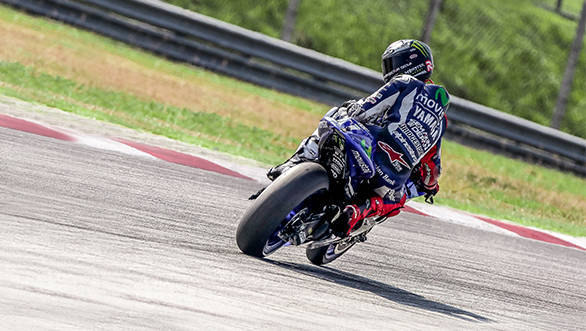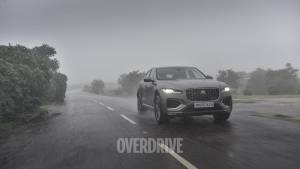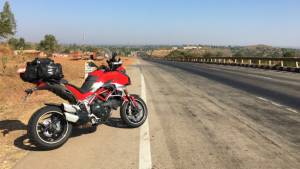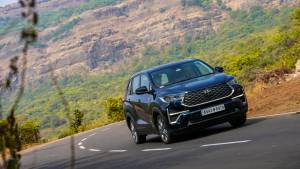Better Riding: The Lifesaver, a life saver
Have you ever been surprised by the sudden appearance of a vehicle close to you that wasn't there in your mirrors just moments before, when you checked it? If yes, you should realise that you have a blind spot. A place or zone behind you which your mirrors aren't able to show you - hence the name 'blind spot'. Motorcycles typically don't have very large blind spots but given how vulnerable motorcycle riders are, they have big safety implications.
On the flip side, trucks for example, have huge blind spots. It is the reason why many safety tips call the area beside a truck or other large vehicle a 'death zone'. This zone is usually not visible to the driver and your presence in there puts you at severe risk. However, the risk to the driver of the truck is minimal - the vehicle's size and momentum give him or her great protection.
The way to tackle motorcycle blind spots is actually the simplest thing in the world. It's called a Lifesaver or sometimes a Head Check, both excellent names. One tells you what it does, the other tells you how to do it.

A Lifesaver, simply, is a quick manual check over either shoulder before you make a direction change to ensure that there isn't anything behind you that you haven't spotted in the mirrors. That your blind spots are empty and you're in no danger. You turn your head to look into the blind spot - hence the name Head Check. Note that this has nothing to do with riding alone. Head Checks are a great idea while driving too.
To be clear, the best way to do this is to throw in a Lifesaver as a precursor to any direction change you're about to make. If you're about to head left, turn your head as far as it will go over your left shoulder and scan for trouble. This is a quick smooth motion, not a lingering look into your beloved's eyes, mind you.
There are a couple of nuances. First, remember that the entire time your head is turned in a lifesaver, you are moving forward. Make sure you have the space to do a head check - you might have to slow down before you can. Thumb rule? If you cannot find the time to do a head check, you're probably riding too fast for the conditions. Second, if you normally keep track of what is in your mirrors - I do - you can usually speed up the information flow in a head check a lot without any additional effort. Third, after a while, you can become too used to lifesavers. So you make the physical motion but you're either already turning or already back on the gas or both. Or worse, you make the physical motion but don't actually see into the blind spot. It's become a formality. If this happens, you have to consciously go back to giving the lifesaver its full due.
There is another purpose a lifesaver serves. Most drivers and riders instinctively understand that a rider making a head check is about make a direction change. This warning is universally understood and it makes you safer. There's literally no reason why you shouldn't be doing lifesaver checks before you turn the motorcycle.













